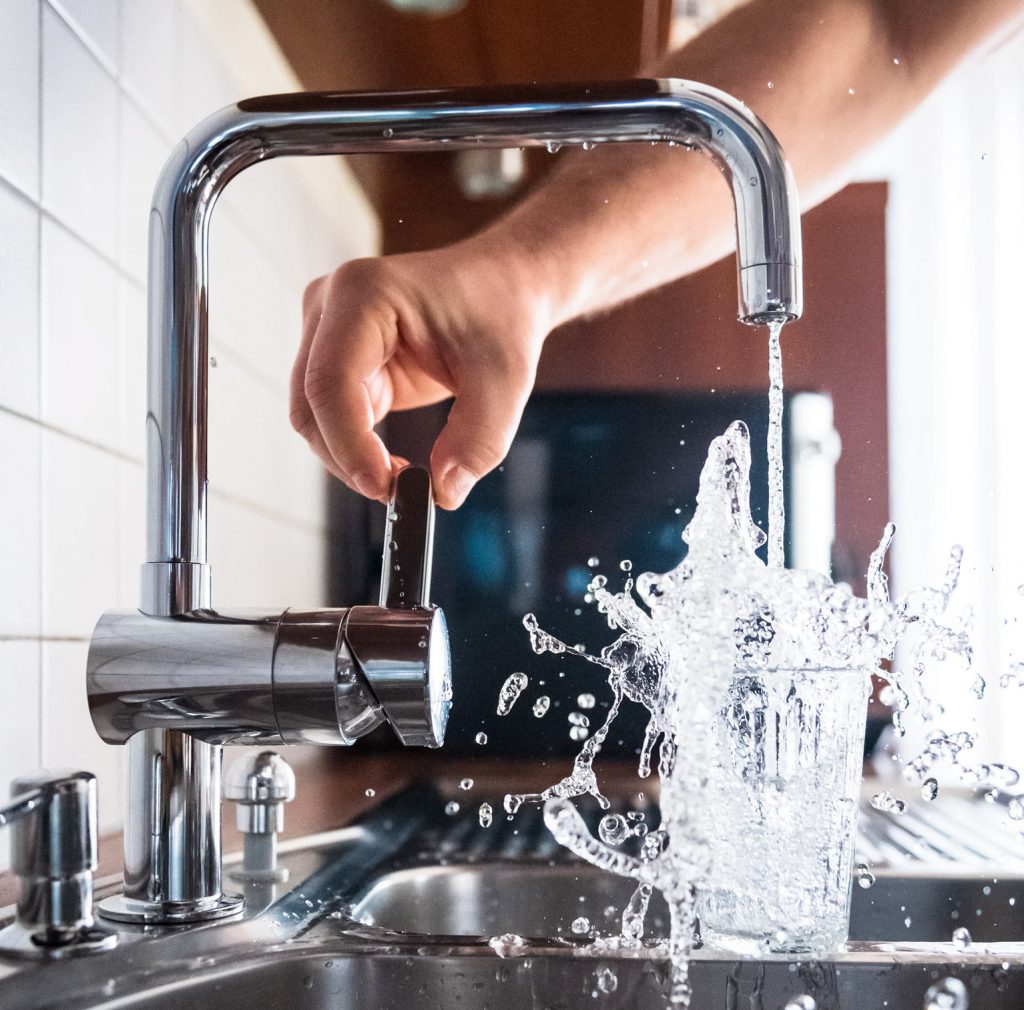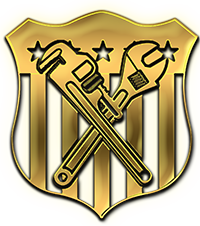Drainage systems are one of the most neglected areas in home maintenance unless significant damage happens that need expensive repairing.
However, by the help of some simple tips and tricks, you can make sure that the drainage in your house is working fine.
1. Keeping the area around the fixtures clean
Make sure that the area surrounding your bathroom and kitchen sink fixtures is clean and clear. That can help locate leaks easily and quickly.
Limit cluttering near sink fixtures for easy detection of any leaks or other problems.
2. Keep an eye for leakages
Regularly check the area around exposed pipes to make sure that there are no leakages. Dried watermarks or puddles can help you identify leakages easily.
3. Periodically get your water meters checked
Keep a periodic check on the water meter. When no water runs through the pipes, the meter remains stationary. Any deflection indicates a water problem which can cause massive damage to the house and its foundation.
Regularly checking the meter would help you detect any problem in its initial stages.
4. Keep an eye out for corrosion on pipes
Pipes tend to corrode over time. Corrosion can result in water leaks and weakening of pipe joints.
Check corrosions of pipe to timely replace old pipes with new ones.
Green stains near water valves and copper fittings are a sign of corrosion of pipes.
5. Regularly check water pressures in water outlets
Water pressure is the count of water that comes out of various water outlets such as showerheads and faucets. A decrease in water pressure indicates problems along the water lines or the outlets.
Low pressure could either be an indicator to leakage somewhere along the water pipelines or blockage in the outlets due to sedimentation. Timely remedies of the two can help save money on bigger and costly solutions.
6. Make sure the drainage system is working fine
Check whether the drainage system of the house is working fine or not. You can easily check that by seeing the water drainage rate in the floor, tub, and sink drains.
A slow drainage rate means that there is a blockage or clogging in the drain. The appearance of bubbles during drainage is also a sign of leakage or some problem along with the drainage of the house
. Early detection can help save the house and foundations from extensive damage.
There are a few practices that can help save you expensive repair work and keep your house protected for a long time.
1. Drain Cleaning and Snaking
The foundation of drainage lies in drain cleaning. The process is as old as the development of drains and drain systems.
The most common practices can prove to be extremely damaging for the water pipelines. Using harsh chemicals and high-temperature water can easily erode pipelines and weaken the pipe joints.
That is why advanced drain cleaning services make sure that chemicals and techniques which are safe for the pipeline system are used to unclog and clean drainage systems.
2. Video camera line block detecting
Problems can occur anywhere in the fixtures, valves or pipes of the drainage system of a house. The best and economical solution is to detect the problem without causing any more damage than there already is.
For this, advanced technologies have been introduced to efficiently and neatly detect problem areas. Video camera line block detecting system is used, which sends a small camera down the pipeline that is possibly affected, and the real-time images help locate the area.
Keeping an eye out for leakages and dried water puddles to detect Drainage problems in their initial stages to save you expensive repairs. Innovative technologies provided by drainage repair companies can help you fix all drainage problems efficiently and economically.
Make sure that you periodically get the drainage systems checked to make sure that your house stays safe. Though the initial issue can be expensive, the long term damages, like
mold, can be quite costly even beyond the initial problem.





